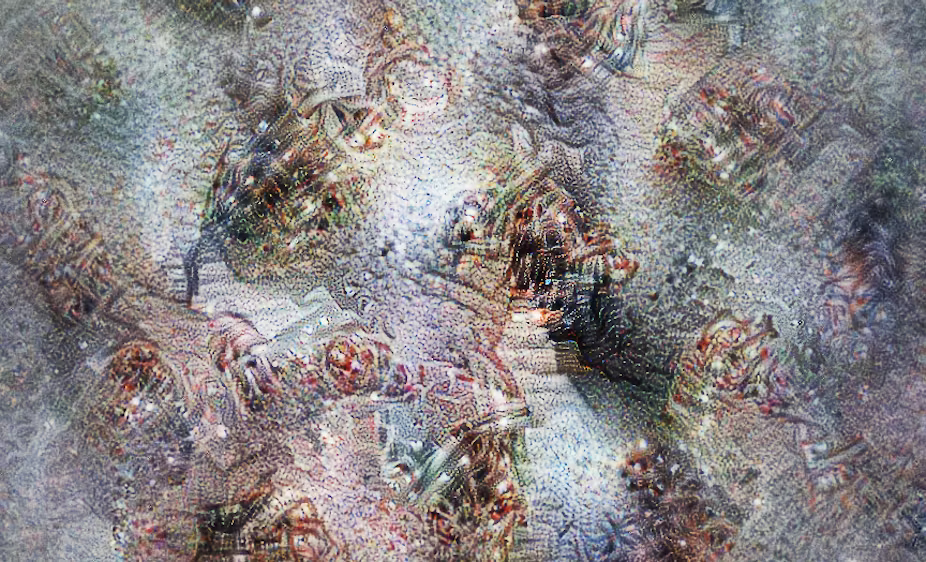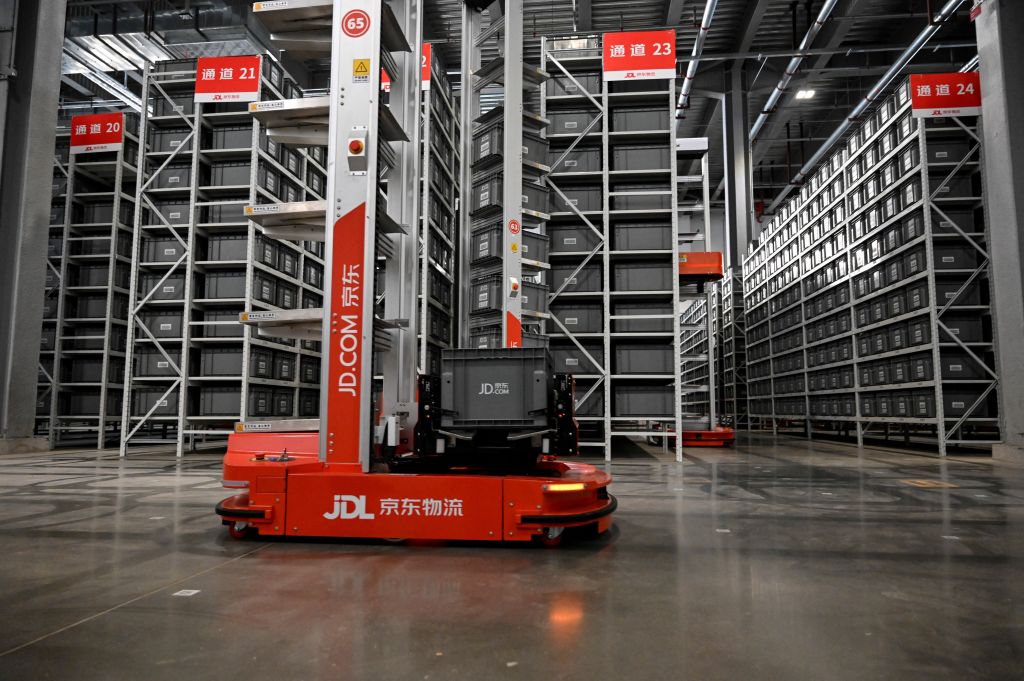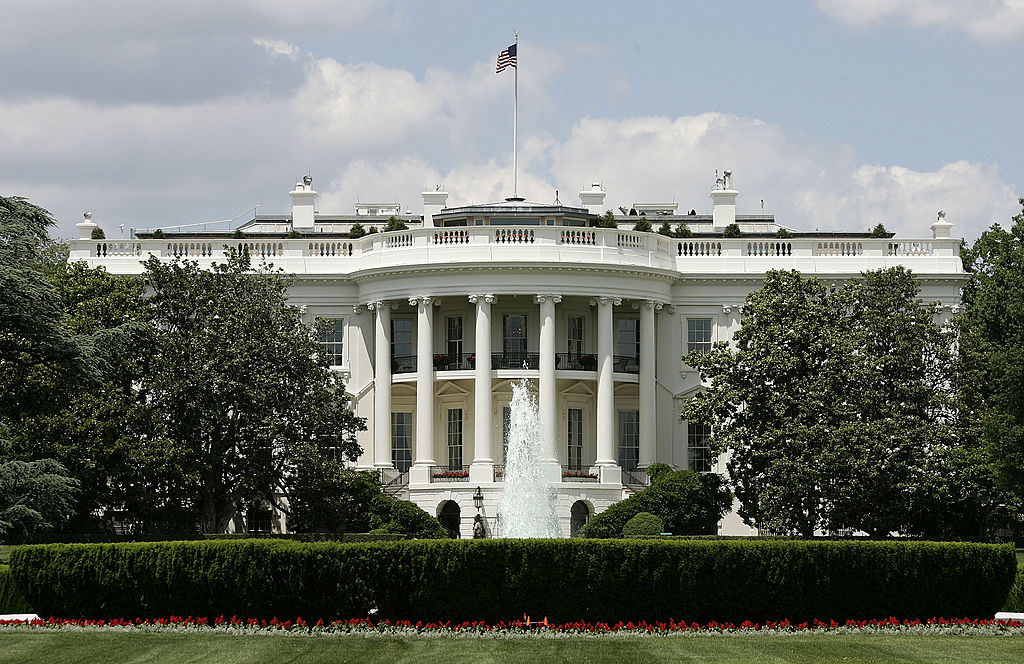AI Uses Satellite Imagery to Identify Poverty Levels with Remarkable Accuracy
Researchers from Lund University and Halmstad University are using artificial intelligence (AI) to reshape our understanding of poverty. They have employed a deep convolutional neural network (DCNN), a sophisticated AI algorithm used for visual imagery analysis, to study satellite imagery and identify poverty levels with remarkable accuracy comparable to household surveys.
The researchers emphasized that knowing where aid is most needed is crucial in combatting poverty. Traditionally, this has been accomplished through household surveys, which are often infrequent and cover limited locations. Now, the emergence of AI, particularly the use of DCNN, represent a transformative shift in how poverty and human development indicators can be measured.
The researchers have used a DCNN, initially trained on a vast dataset of labeled images from the ImageNet repository. Subsequently, the model was fine-tuned using daylight satellite images of populated areas. This specialized training has enabled the AI to outperform human observers in assessing poverty levels from low-resolution daytime satellite images, showcasing its superhuman capabilities similar to AI successes in fields like chess and Go.
An exploration to gain insights into the AI’s decision-making process revealed the specific features and patterns that the AI associated with wealth in satellite imagery. But the researchers acknowledged the inherent randomness in these visualizations, emphasizing that they represent the network’s perception rather than an objective depiction of wealth.
The ethereal images hint at clusters of interconnected homes, roads, and even coastal areas, reflecting the network’s understanding derived from its training data. However, the limitations of machine learning in mirroring human understanding are apparent. The researchers wrote, “This is where the real value of AI in poverty assessment lies, in offering a spatially nuanced perspective that complements existing poverty research and aids in formulating more targeted and effective interventions.”
The study’s findings can be found here. This new development showcases the potential of AI to monitor and identify areas needing aid, particularly in rapidly changing land-use scenarios. This method offers a faster and more comprehensive alternative to ground surveys, enhancing the efficiency of aid delivery. With AI’s ability to identify poverty levels from satellite imagery, the researchers have paved the way for new insights into poverty research and interventions. The AI’s superhuman capabilities make it a valuable tool in identifying areas needing assistance, contributing to more targeted and effective interventions.




